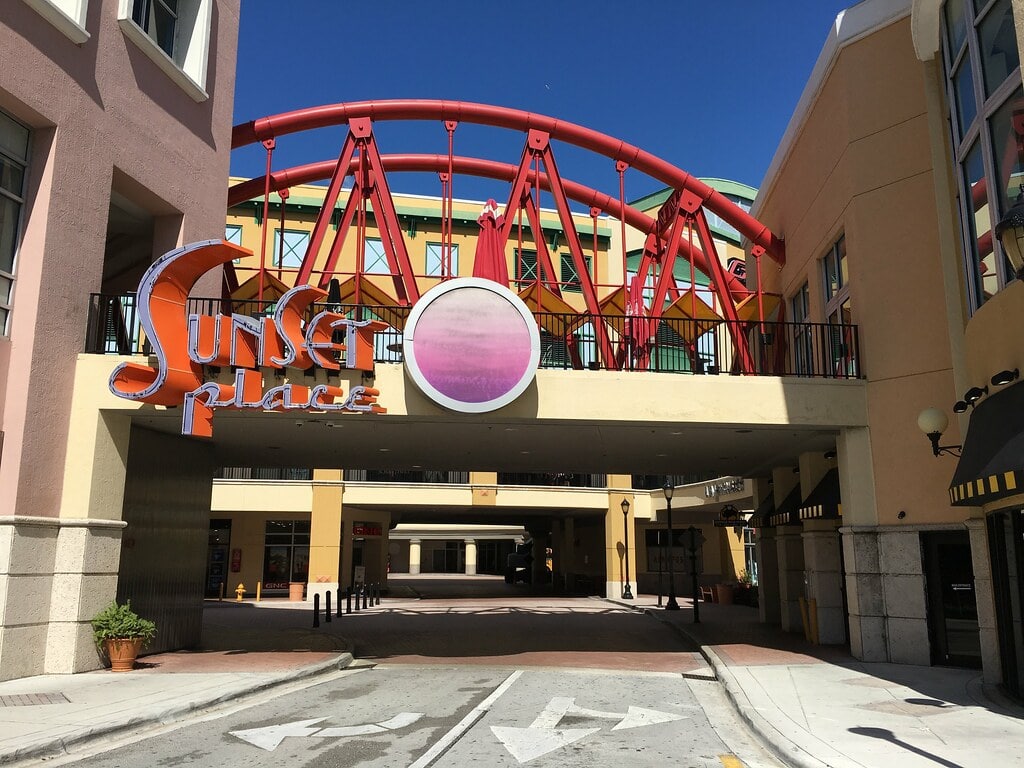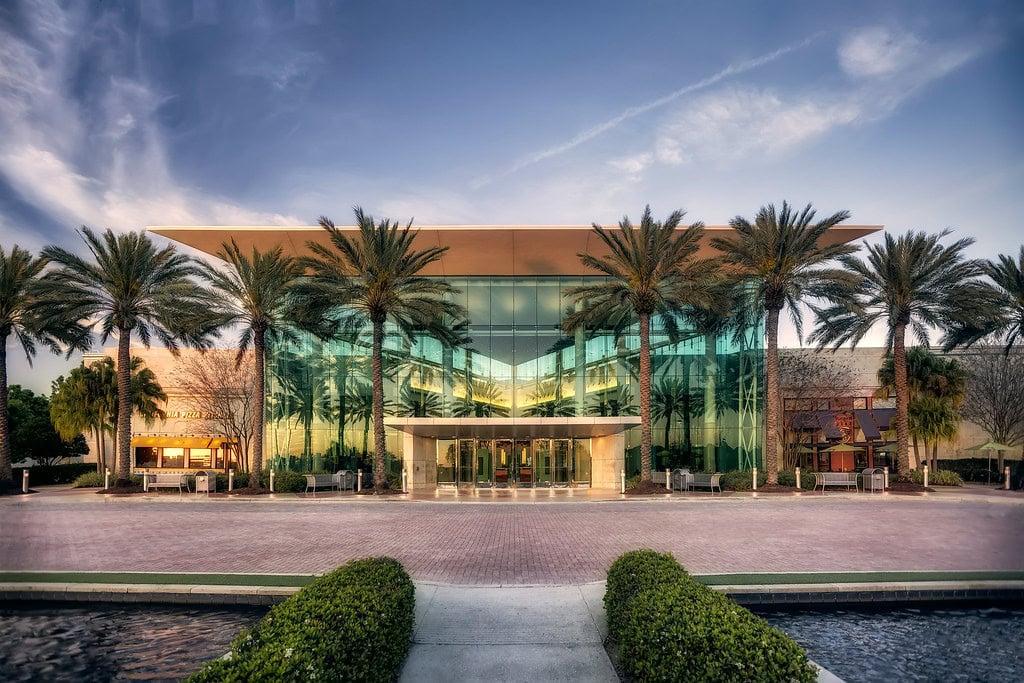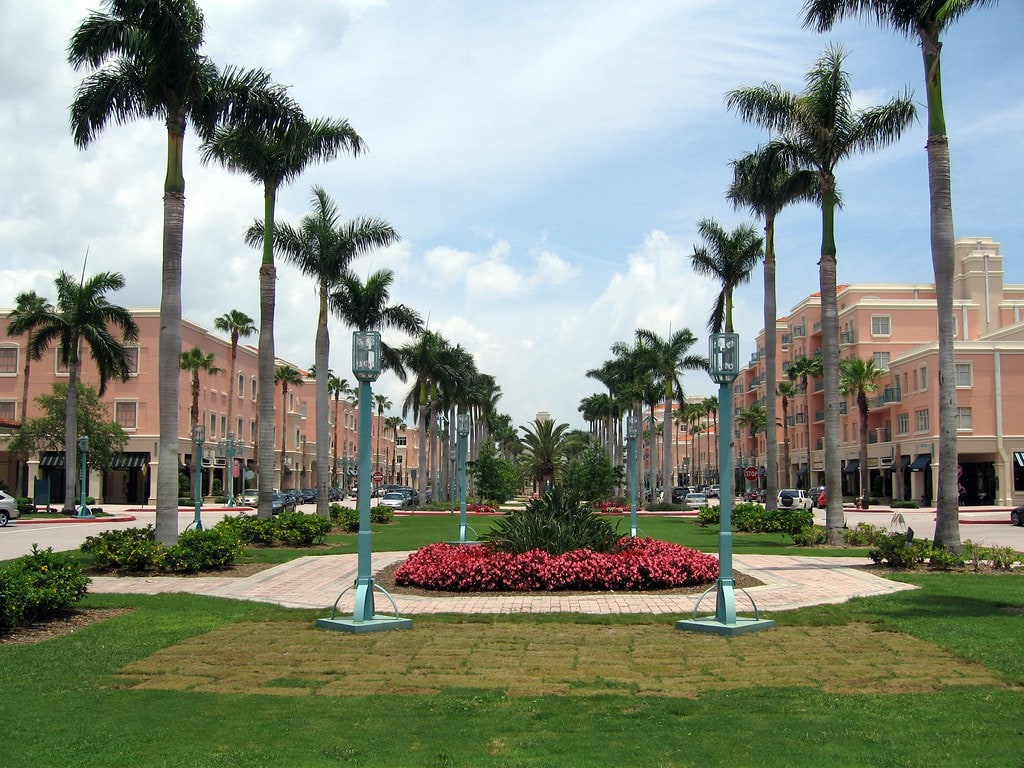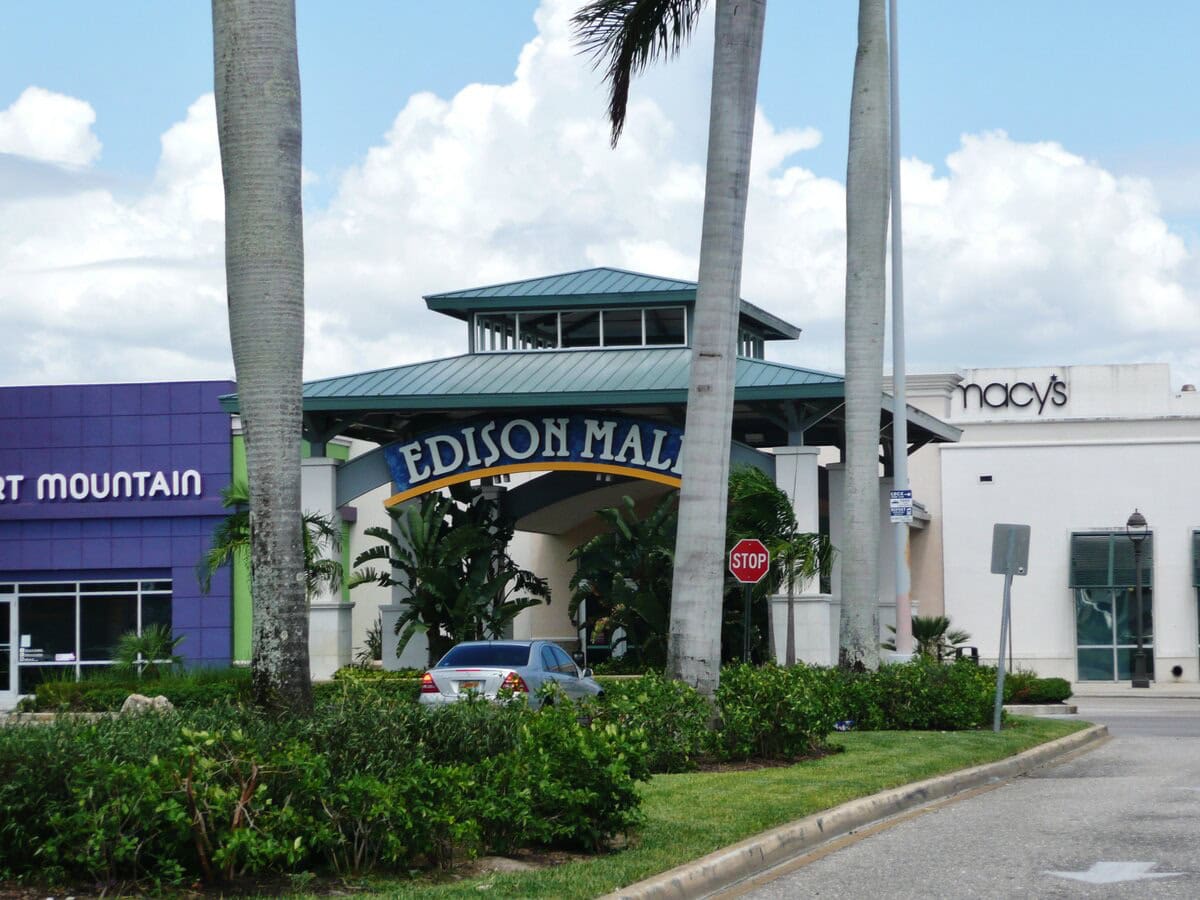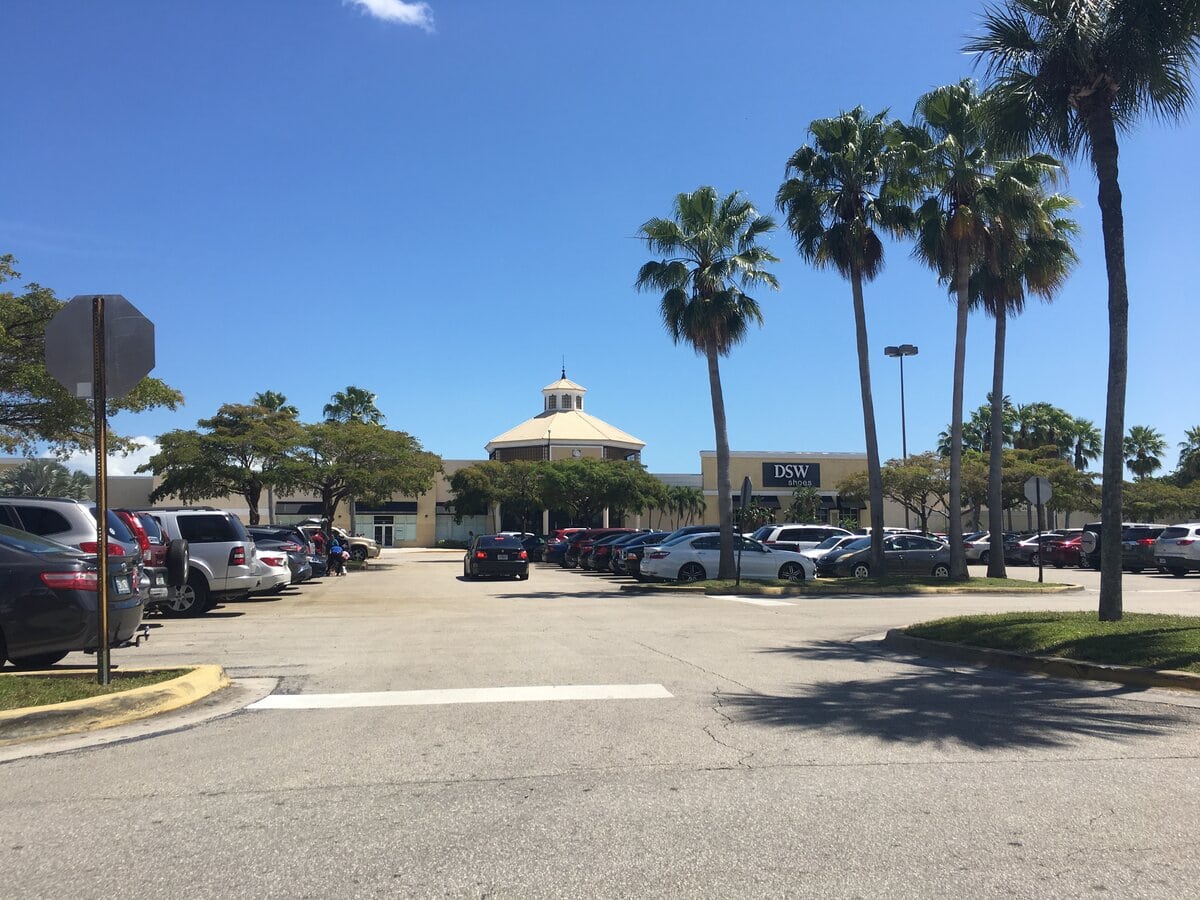Land Deal and First Construction: 1842-1858
The land that would become the May-Stringer House started as part of a federal incentive.
In 1842, Congress passed the Armed Occupation Act, a law that aimed to bring settlers deeper into Florida.
The deal was simple: live on the land for five years, clear and farm five acres, and build a home - you'd walk away with 160 acres.
Richard Wiggins took that offer and settled in the area that would become Brooksville.
By 1855, the land changed hands. John L. May purchased the property and built a four-room wooden house.
There's no surviving construction record, but sources say he completed it in 1856.
The building sat on what's now 601 Museum Court and overlooked the center of Brooksville.
The location, even then, gave a clear view over the rising town.
The May-Stringer House stood during the first years of Florida's statehood - Florida joined the Union in 1845 - and when Hernando County was still splitting off from larger jurisdictions.
John May lived in the home with his wife Marena and their two daughters.
By 1858, tuberculosis had taken John's life. His name stayed with the house, but the structure remained with Marena.
The original home had four rooms and no ornamental details.
No gingerbread trim, no towers, and none of the Victorian flair that later shaped its look.
At that point, it was just a modest wooden frame on a hillside built before the town's railroad station or courthouse.
The area around it had yet to fill in - it would be nearly twenty years before the tracks reached Brooksville.
Anyone searching for things to do in Brooksville, Florida, today will see a very different house.
However, the roots go back to one small claim under the Federal Land Act and a single-family structure built in the middle of the 1850s.
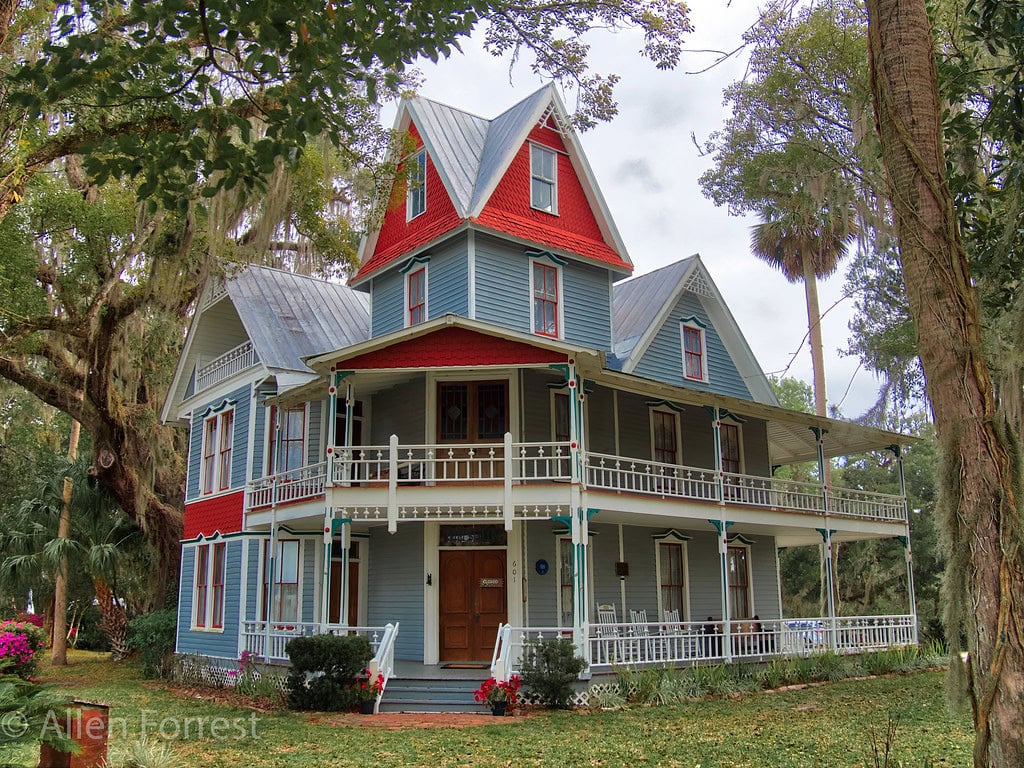
Widowhood, Battles, and Real Estate Transfer: 1858-1870s
Marena May remained at home through the national struggle of the 1860s.
Florida had joined the Confederacy in 1861, and Hernando County saw its share of tension, though most fighting happened elsewhere.
Marena's decision to stay on the property during that stretch - despite the instability - kept the house intact.
She later married Frank Saxon, a Confederate soldier known in local accounts for his service.
He moved into the May-Stringer House, but their time together there was brief.
In 1869, Marena passed away while giving birth. Her daughter, Jessie Mae, lived beyond infancy but was gone before the age of four.
That was in the early 1870s. By that point, four burials had taken place in the May-Stringer House.
These included John May, Marena, their infant son, and Jessie Mae.
There is no cemetery sign or commercial marker at the site, but local accounts and museum docents confirm that the graves remain there.
This fact has fed later stories about hauntings, though those stories came much later.
After Marena was gone, Frank Saxon sold the May-Stringer House.
The exact year of sale isn't published, but records show the next named owner was Dr. Sheldon Stringer.
This handoff marked a turning point for the building.
It shifted from a family residence into a multi-use estate.
Stringer wasn't a local newcomer - he came from a medical family and had ties to broader state health initiatives.
Nothing in this period suggests that the house was rented or used as a boarding house - it remained single-family through the transition.
Medical Expansion and Victorian Design: 1870s-1900s
When Dr. Sheldon Stringer took over the property in the 1870s, he added to it - by a lot.
Ten new rooms went up, reshaping the structure into something closer to what stands now.
This construction pushed the footprint well beyond its modest beginnings and introduced a set of details common in late 19th-century architecture.
The additions brought the Queen Anne style to Brooksville.
By 1900, the May-Stringer House had become a four-story structure with seven gables, elaborate trim, and ornamental woodwork.
A tower rose above the porch. The paint scheme used later - bright colors and detailed patterns - would've stood out on the quiet ridge above town.
Dr. Stringer used the property as both a home and a workplace.
He saw patients on-site, likely in one of the first-floor rooms.
The current museum layout supports that, which includes an 1880s doctor's office furnished with period tools.
It wasn't a hospital, but it was a private medical space serving Brooksville and nearby towns before larger clinics arrived.
At the time, Hernando County was changing fast. The railroad had reached Brooksville in the 1880s, and new businesses opened near the depot.
Construction materials and household goods became easier to order and ship.
Some of the additions - like decorative glass or hardware - likely came through regional trade routes.
Dr. Stringer's work in public health also tied him to statewide medical boards.
That didn't make the May-Stringer House a political site, but it did mean visitors and colleagues might pass through.
For a town the size of Brooksville, the Stringer home was one of the largest residential properties visible from the courthouse square.
By the turn of the century, its role as a private home with a professional wing was well established.
Ownership Transfers and Nonprofit Purchase: 1900s-1980
By the early 1900s, the Stringer family had completed their major additions.
The structure - four stories, fourteen rooms, seven gables - was firmly established.
Dr. Sheldon Stringer's passing set off a slow shuffle of private owners.
Sales appeared to happen privately, likely through personal agreements.
There's no indication of commercial conversion or subdivision during those years - the May-Stringer House stayed intact.
Its footprint didn't shrink, and no parts of the land were parceled off for new builds.
One of the later owners was Dr. Earl Hensley, a physician who lived in the May-Stringer House with his wife, Helen.
They maintained it into the late 1970s. By then, the structure was aging - paint peeled, woodwork weathered, and utilities lagged behind code.
The Hensleys held the property through a period when many Florida towns saw older homes bulldozed in favor of new development.
That didn't happen here. In 1980, the Hernando Historical Museum Association bought the May-Stringer House.
It wasn't a foreclosure or tax auction - it was a direct purchase.
The group had already formed as a nonprofit, and the goal was to open a museum space.
At that point, they had already managed the nearby 1885 Train Depot Museum, and plans were underway for the One Room Schoolhouse Museum.
The sale turned the property from a private residence into a public-use building.
That year marked the start of restoration efforts.
The group didn't gut or modernize the May-Stringer House.
Instead, they began curating rooms, selecting period furnishings and building exhibits, and cleaning up structural elements from earlier repairs.
The commercial angle was straightforward: ticketed tours, member donations, and occasional events.

Room Themes and Visitor Setup: 1980s-Present
Once the Hernando Historical Museum Association took over in 1980, they moved fast.
The May-Stringer House had its bones - the Queen Anne exterior, the tall ceilings, the original layout - and they kept all that.
But inside, they reworked each room to match a time or purpose.
One of the first was the dining room. Volunteers sourced a long wood table, oil lamps, and a replica pressed-tin ceiling.
Other rooms followed. An upstairs bedroom was outfitted with mid-1800s quilts and dress forms.
One chamber became the "military room," filled with uniforms, ration kits, and paper items from various historic conflicts.
Not everything came from Brooksville, but each artifact matched a time that fit the house's timeline.
The goal was continuity - not exact authenticity, but historical plausibility.
A standout feature became the 1880s-style doctor's office.
The association leaned into Dr. Stringer's past.
They set out medical tools, ledger books, and bottles marked with embossed glass.
It's presented as a workroom, not a display case. Visitors walk into it, not past it.
They also opened a 1900s communications room, which included telegraphs, early phones, and switchboards.
Some of this hardware was local and traced back to businesses that once operated in Hernando County.
Others came from state collections or private donors.
Nothing is labeled as high-value or rare; that's not the angle.
The point is context - each piece shows how people in town lived, worked, and stayed in touch.
As of 2025, the May-Stringer House still offers daily tours. Group visits, night tours, and classroom field trips are common.
The structure remains painted in period colors - gray-blue, red, and white - and the wood trim still draws attention from the curb.
The exterior hasn't been altered for decades, and the surrounding yard is kept clear except for a few trees and markers.
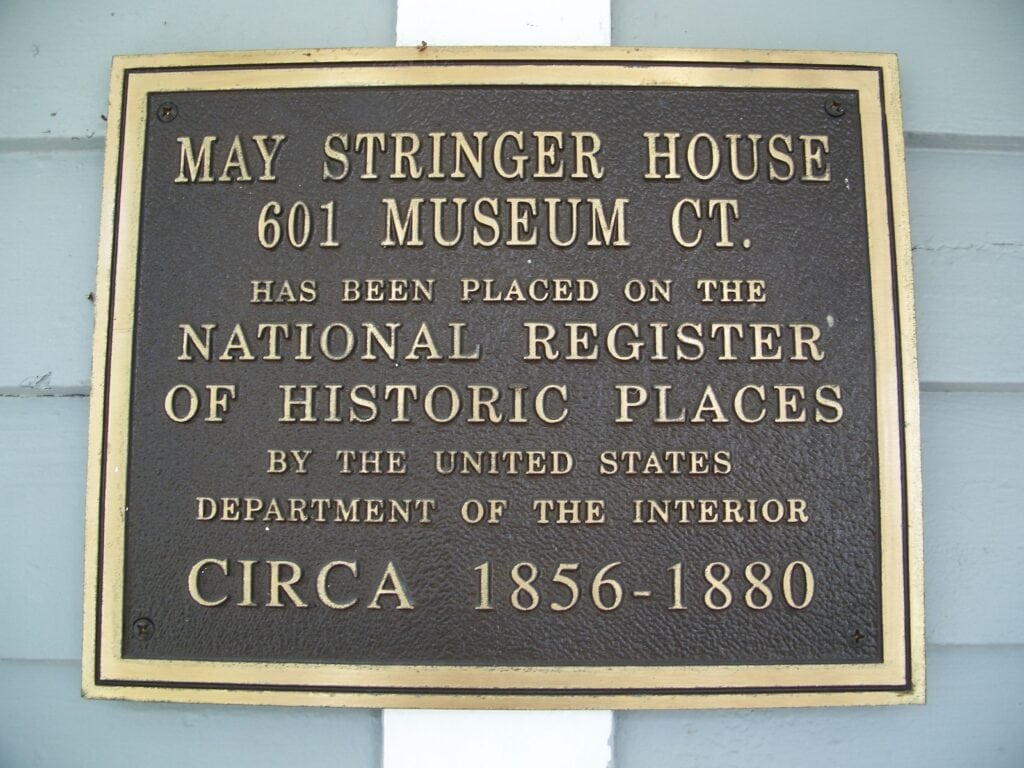
Virtual Floors and Haunted Crowds: 2023-2025
In late 2023, the May-Stringer House began a project with the University of South Florida focused on accessibility.
The building has multiple floors, and navigating them isn't possible for every visitor.
3D scans became part of a virtual tour. The project focused on improving public access to existing exhibits.
A year later, in October 2024, the museum hosted GhostFest.
The event drew visitors interested in the house's haunted reputation.
It featured a haunted house walk-through scheduled during evening hours.
On October 26, the museum designated the day as Family Day.
Vendors set up on the grounds, and the day's schedule included activities designed for all ages.
All proceeds from GhostFest went to the Hernando Historical Museum Association.
That support helped maintain operations and preserve the property.
By early 2025, ghost tours were still running. These continued on Friday and Saturday nights.
In March, the May-Stringer House was featured on Spectrum News in a segment called "Florida on a Tankful." The coverage focused on reported activity inside the house - moving furniture, voices, and shadowy figures.
One of the stories mentioned the spirit of Jessie Mae, a child believed to haunt the nursery.
Tours gave visitors access to the same areas mentioned in those accounts.

